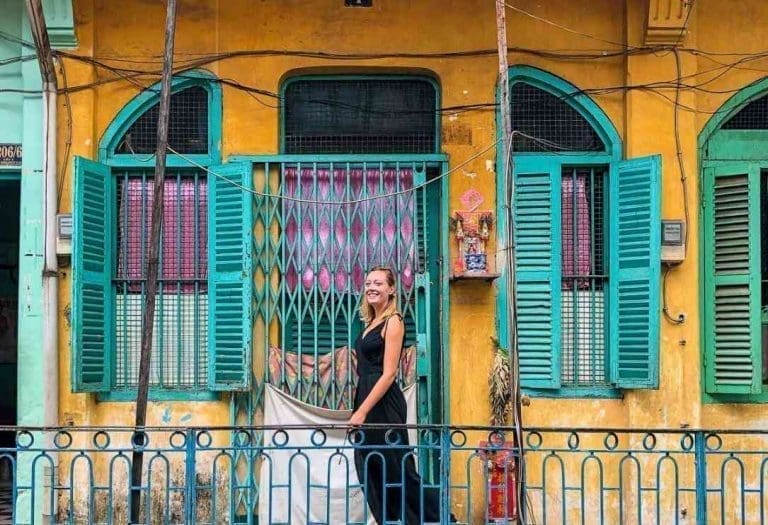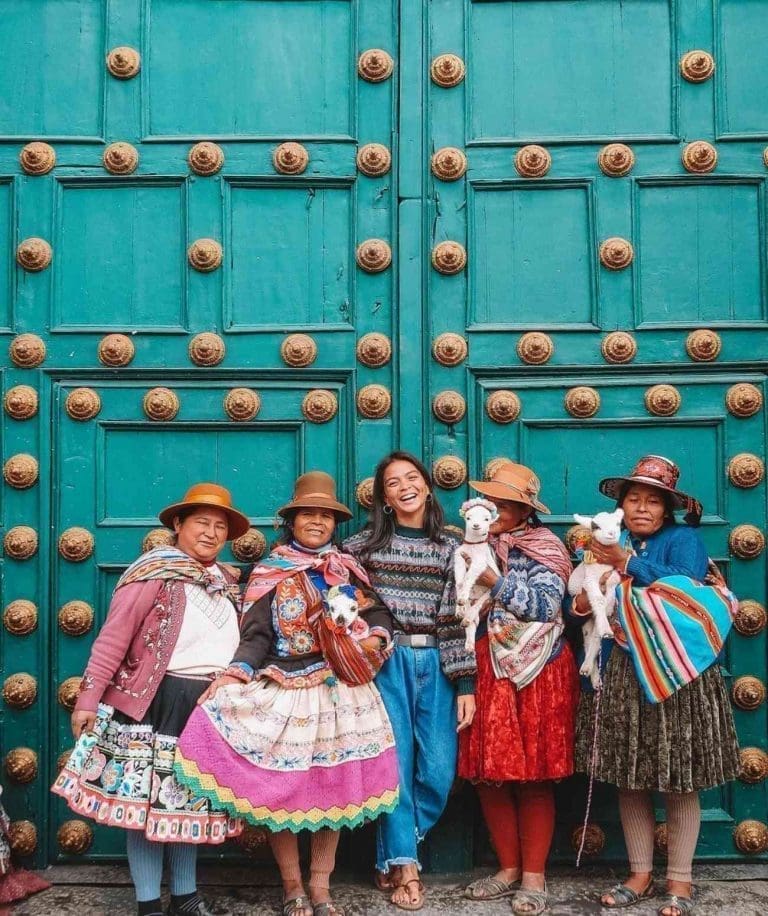Here’s a list of countries with digital nomad visas (application and requirements guide)
For the last 14 years that I’ve been a digital nomad, nobody was paying attention to this profession but now more and more countries with digital nomad visa are emerging. Here are the best countries with digital nomad visas (updated monthly).
💌 Trish, I am your follower since 2013 and I love your digital nomad lifestyle! I am from the USA and have been working from home since 2020. I realized that I do not need to be in the US in order to work since our offices are officially closed this year.
If this is still the case, I would like to relocate in 2021. What are the countries with digital nomad visa? I know you are currently in Mexico and I am thinking of going too. I just want to have more options. Thank you in advance and I hope you are well!
Kirsten, New York, USA
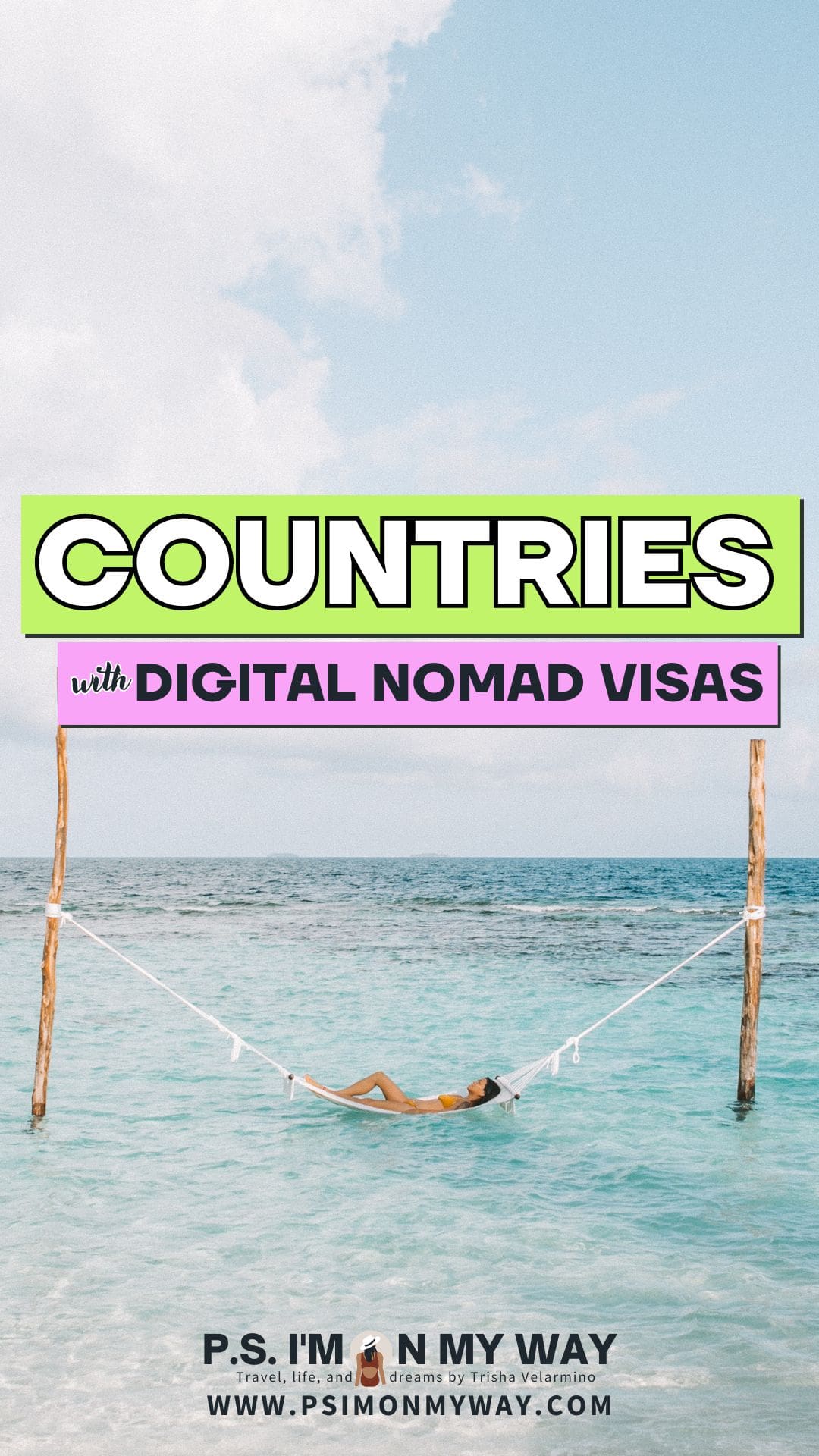
Hi Kirsten,
Thank you for reaching out! I’ve helped a lot of American digital nomads find their base and I hope I can help you, too! Here’s the list of countries with digital nomad visa. I also included the process of how to apply for a temporary resident visa in Mexico.
This is where I currently live so if you decide to come to Mexico, let me know via Instagram DM. Good luck with your search!
Xx,
Trisha
More digital nomad content:
- Can you become a digital nomad without experience?
- Find digital nomad jobs in these 17 websites
- Best bank for travelers and digital nomads
🙋🏽 What is a digital nomad visa?


A digital nomad visa is a type of visa specifically designed for remote workers who want to live and work in a foreign country.
Unlike traditional visas, which are often tied to local employment or specific purposes like tourism or study, digital nomad visas cater to the growing trend of working remotely, especially in fields where work can be done online.
Key features of a digital nomad visa include:
- Work Authorization: They allow individuals to legally work in the host country, but the work is usually for foreign employers or clients, not local businesses.
- Duration: These visas can vary in length, often ranging from a few months to a couple of years, and sometimes they can be extended.
- Income Requirements: Applicants often need to prove a stable income or sufficient savings to support themselves, ensuring they won’t be a burden on the host country’s resources.
- Health Insurance: Applicants may be required to have health insurance that covers them in the host country.
- Tax Implications: Depending on the country, digital nomads might be exempt from local income taxes for a certain period, or they might have to comply with specific tax regulations.
🆚 Digital Nomad Visa vs normal Tourist Visa
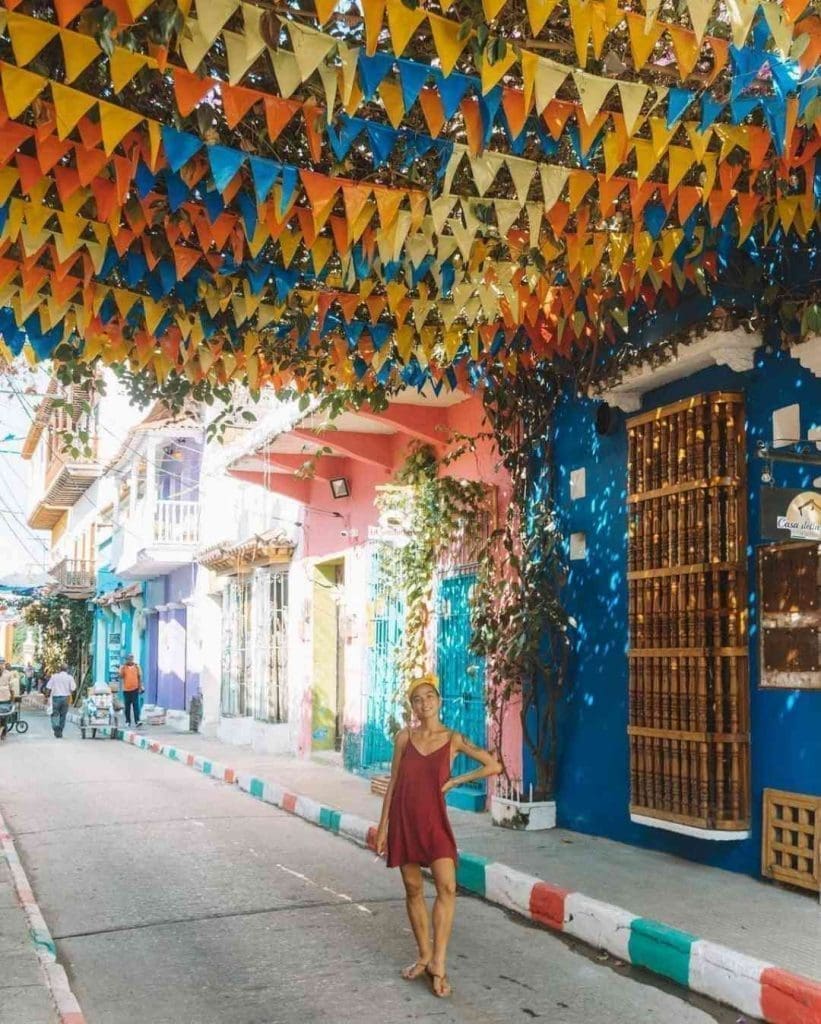

I know you’re wondering why you should apply for a digital nomad visa when you can easily just go as a tourist. To tell you honestly, there are no regulations in any country in the world that say you cannot work in their country as a remote worker. How will they find out anyway if you just enter as a tourist?
But in my personal experience, it is quite tedious to think about visas when you finally settle down and find your place in one country. Most countries give 30-90 days of tourist visa stays that you can take advantage of but what if you want to stay longer?
Sure, going in and out of the border is easy but for some countries, it is not very simple. I got lucky because Mexico offers a 6-month tourist visa for Philippine passport holders like me so that’s plenty of time to plan my travels outside of Mexico.
However, that is me. I get excited every time I need to do a visa run because that means I get to explore another country.
Plus, if I do not have a valid visa (digital nomad or residency) in a particular country, it will be challenging to come back. Traveling these days is a little complicated because the rules can change at any time.
I kept thinking, “What if I do a visa run to Guatemala from Mexico and then have problems coming back?” I never want that to happen so I should have a legal visa to come back to Mexico.
Think about your circumstances. Is it worth the hassle to go in and out of the country every 90 days? Or would you rather enjoy where you are for a longer time without thinking about these legalities?
If you are going for a tourist visa, just don’t talk too much to the immigration upon entering a country. Say that you are a tourist. Period.
If in any case, they only give you a few days of tourist visa, you can book a 3-month accommodation that you don’t have to pay for. Once you’re in the country, just cancel it.
🗺️ List of digital nomad visa countries (A-Z)
Below are several countries that have introduced digital nomad visas or similar programs to attract remote workers:
- Albania
- Antigua and Barbuda
- Argentina
- Armenia
- Barbados
- Belize
- Brazil
- Canada
- Cape Verde
- Colombia
- Costa Rica
- Croatia
- Cyprus
- Czech Republic
- Dubai
- Ecuador
- El Salvador
- Estonia
- Hungary
- Iceland
- Indonesia (Bali)
- Italy
- Georgia
- Germany
- Greece
- Latvia
- Malaysia
- Malta
- Mauritius
- Mexico
- Montenegro
- North Macedonia
- Norway
- Panama
- Portugal
- Romania
- Serbia
- Seychelles
- South Africa
- South Korea
- Sri Lanka
- Spain
- Taiwan
- Turkey
- Thailand
- Uruguay
⛰️ North & Central American Countries with digital nomad visa
Mexico Digital Nomad Visa
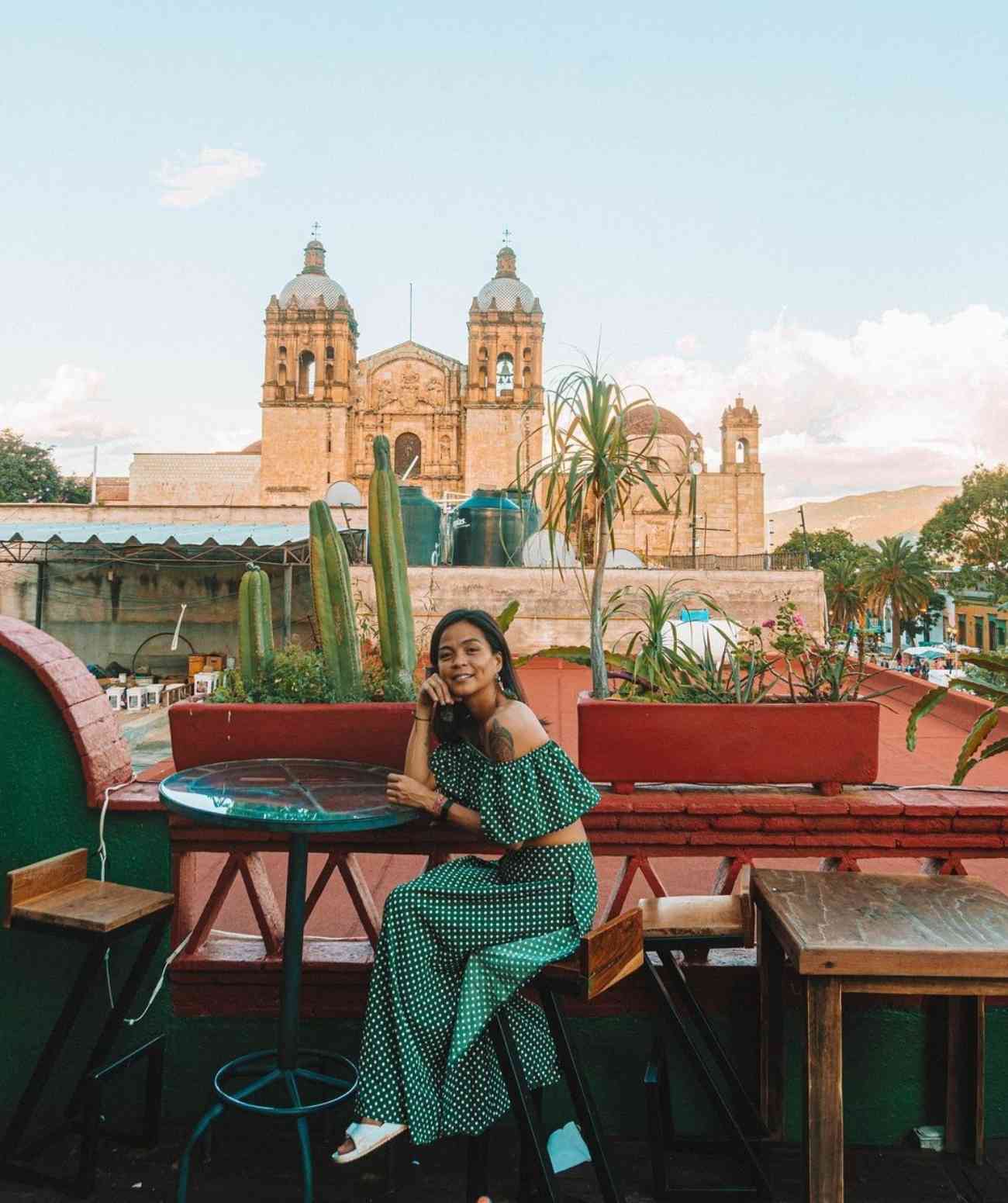

I am currently based in Mexico and was able to apply for a Mexico digital nomad visa in 2020. I did it with the help of a Mexican lawyer for a minimal fee. Mexico’s digital nomad visa is not called the digital nomad visa but the “no-lucrativo” (non-lucrative visa).
- Other Names: Mexico Non-Lucrative Visa
- Monthly income requirement: $1,600 – $2,500 or $27,000 in savings
- Visa Cost: $190 – $390
- Length: 1-4 years (I applied for a 4-year visa)
- Monthly cost of living for nomads (avg): $1,800
- Best cities for nomads: Mexico City, Oaxaca City, Guadalajara, Playa del Carmen, and Merida
👉🏽 Related: Op-ed: Does Mexico hate digital nomads?
Canada Digital Nomad Visa
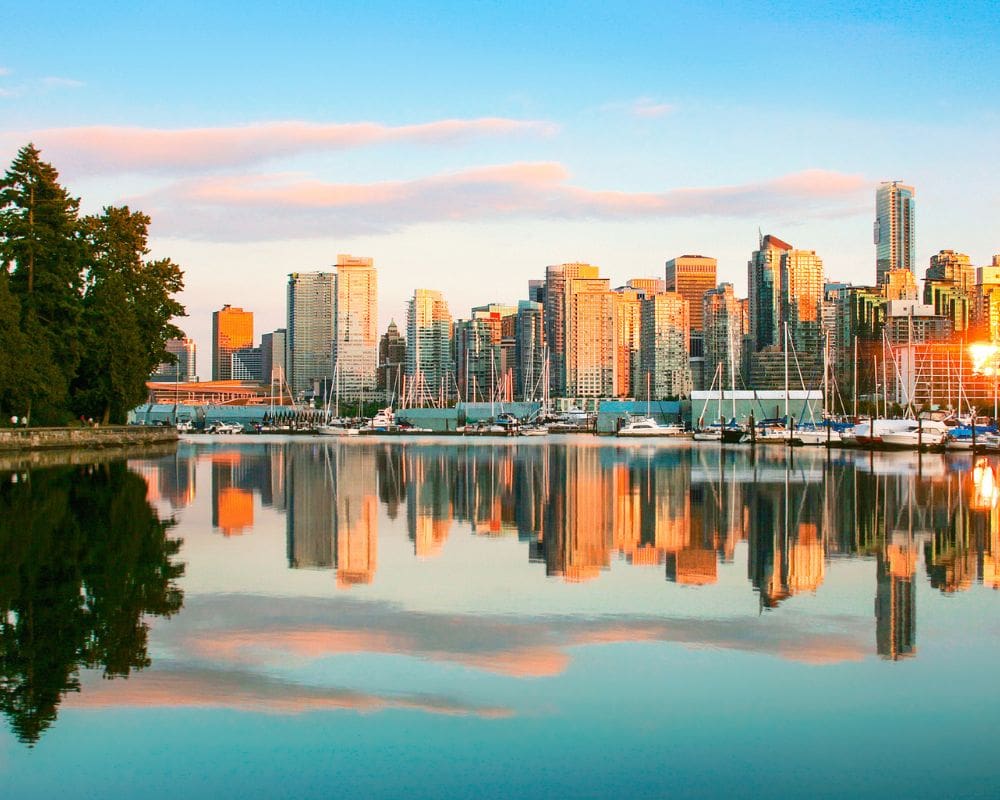

Canada opens its doors to remote workers through its Start-Up Visa Program, with a simpler immigration process and one of the easiest digital nomad visas to apply. This visa allows you to stay in Canada for 6 months with the possibility to apply for a permanent residency visa.
- Other Names: The Start-Up Visa Program
- Monthly income requirement: not clear; states “enough” financial resources to stay in Canada for 6 months (see cost of living in Canada below for an estimate).
- Visa Cost: $190 – $390
- Length: 1-4 years (I applied for a 4-year visa)
- Monthly cost of living for nomads (avg): $1,437
- Best cities for nomads: Vancouver, Toronto, Quebec
The process for applying for a Canada Digital Nomad visa is still unclear but you can refer to their official government website for more information.
Costa Rica Digital Nomad Visa


The Costa Rica digital nomad visa allows you to live the pura vida life for 1 year and the best thing about this visa is that digital nomads are not required to file an income tax. You can also extend your stay for another year.
The only downside is that Costa Rica has a more expensive cost compared to other countries with digital nomad visa.
- Monthly income requirement: $2,000
- Visa Cost: $50
- Visa Length: 1 year plus an opportunity to extend another year (+ $200)
- Monthly cost of living for nomads (avg): $3,999
- Best cities for digital nomads: Santa Teresa, Liberia, Tamarindo, and Puerto Viejo
El Salvador Digital Nomad Visa
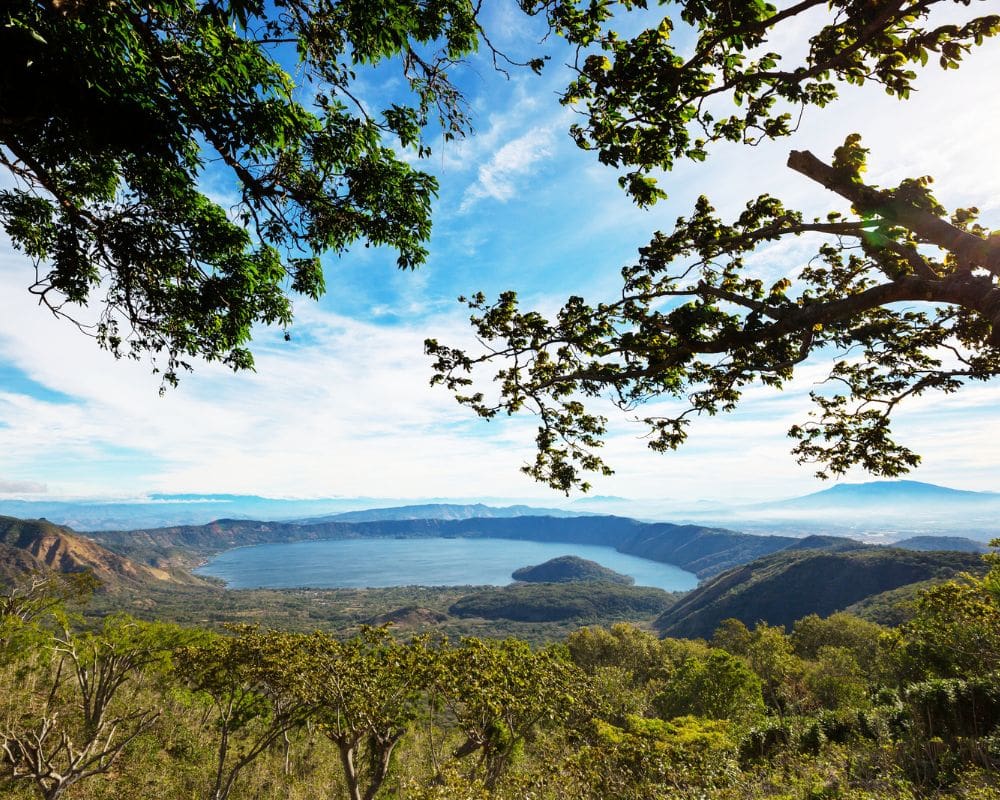

In recent years, the government of El Salvador has shown a strong commitment to digital currencies, making it the first country to adopt Bitcoin as legal tender. This could be advantageous for digital nomads interested in cryptocurrency.
- Monthly income requirement: $1,460
- Visa Cost: $2,825
- Visa Length: 1-3 years
- Monthly cost of living for nomads (avg): $646
Belize Digital Nomad Visa


Living in Belize as a digital nomad has its own set of unique attractions and challenges. One of the primary benefits is its natural beauty and relaxed lifestyle.
Belize is home to stunning beaches, lush rainforests, and the world-famous Belize Barrier Reef, offering ample opportunities for exploration and outdoor activities.
- Other Names: Work Where You Vacation
- Monthly income requirement: $75,000 in yearly savings per person; $100,000 for families/couples
- Visa Cost: $250
- Visa Length: 6 months
- Monthly cost of living for nomads (avg): $1,200
Panama Digital Nomad Visa
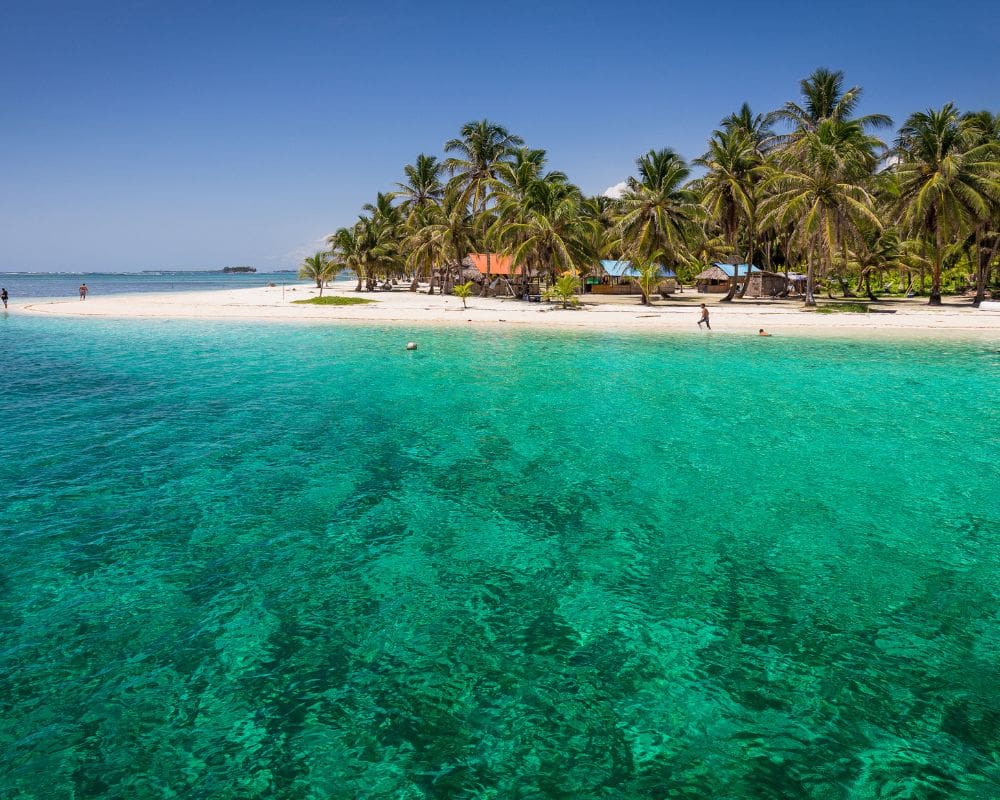

Panama’s Digital Nomad visa, also known as Short Stay Visa For Remote Workers allows digital nomads to stay in Panama for 9 months with a chance to renew for another 9 months.
- Other Names: Short Stay Visa For Remote Workers
- Monthly income requirement: $36,000 in yearly savings
- Visa Cost: $300
- Visa Length: 9-18 months
- Monthly cost of living for nomads (avg): $1,785
- Best cities for digital nomads: Panama City
🦙 South American countries with digital nomad visa
Colombia Digital Nomad Visa


The digital nomad visa in Colombia, officially known as the Migrant Visa (type M) for remote workers or freelancers, allows digital nomads to live and work legally in the country for up to three years.
This visa is aimed at individuals who earn a stable income from sources outside Colombia, such as remote work or freelance projects.
- Other Names: Migrant Visa (type M)
- Monthly income requirement: $684 USD
- Visa Cost: $177
- Length: 2 years
- Monthly cost of living for nomads (avg): $1,330
- Best cities for nomads: Medellin and Cartagena
Ecuador Digital Nomad Visa


Ecuador has been known for its expat-friendly visa policies, which could be suitable for digital nomads. One popular option for longer stays is the Temporary Resident Visa, which can be obtained under various categories like professional, retirement, or investment visas.
- Monthly income requirement: $1,275
- Visa Cost: $50 for visa processing and $400 visa fee upon approval
- Length: 2 years
- Monthly cost of living for nomads (avg): $1,888
- Best cities for nomads: Quito, Cuenca
Brazil Digital Nomad Visa


The Brazilian government introduced a visa tailored for digital nomads in September 2021, which would allow remote workers to live and work in Brazil for a certain period while maintaining their employment outside the country.
Brazil’s digital nomad visa favors jobs in the sectors of content creation (influencers/bloggers), online teaching, digital marketing, translations, data analysis, web development and customer service.
- Monthly income requirement: $1,629 or $18,467 in savings
- Visa Cost: $130
- Length: 1 year
- Monthly cost of living for nomads (avg): $1,800
- Best cities for nomads: Rio de Janeiro, Sao Paulo
Uruguay Digital Nomad Visa


The residence permit for digital nomads who wish to live and work in Uruguay is for individuals who work for companies based abroad, or have a business on their own. This visa allows you to stay in Uruguay for 6 months and is the easiest digital nomad visa to process.
- Monthly income requirement: N/A (online application upon entering Uruguay on a tourist visa)
- Visa Cost: $11
- Length: 6-12 months
- Monthly cost of living for nomads (avg): $3,031
Argentina Digital Nomad Visa


Argentina’s Digital Nomad Pass is a temporary residence visa designed for digital nomads. This will allow you to enter and work in Argentina for 180 days (6 months).
- Other Names: Digital Nomad Pass
- Monthly income requirement: not clear
- Visa Cost: $80 for consular fees; $120 visa fees
- Length: 6 months
- Monthly cost of living for nomads (avg): $439 (learn more about inflation in Argentina)
- Best cities for digital nomads: Buenos Aires, Rosario, Mendoza
🇪🇺 European countries with digital nomad visa
👉🏽 See also: Best European cities for digital nomads
Estonia Digital Nomad Visa
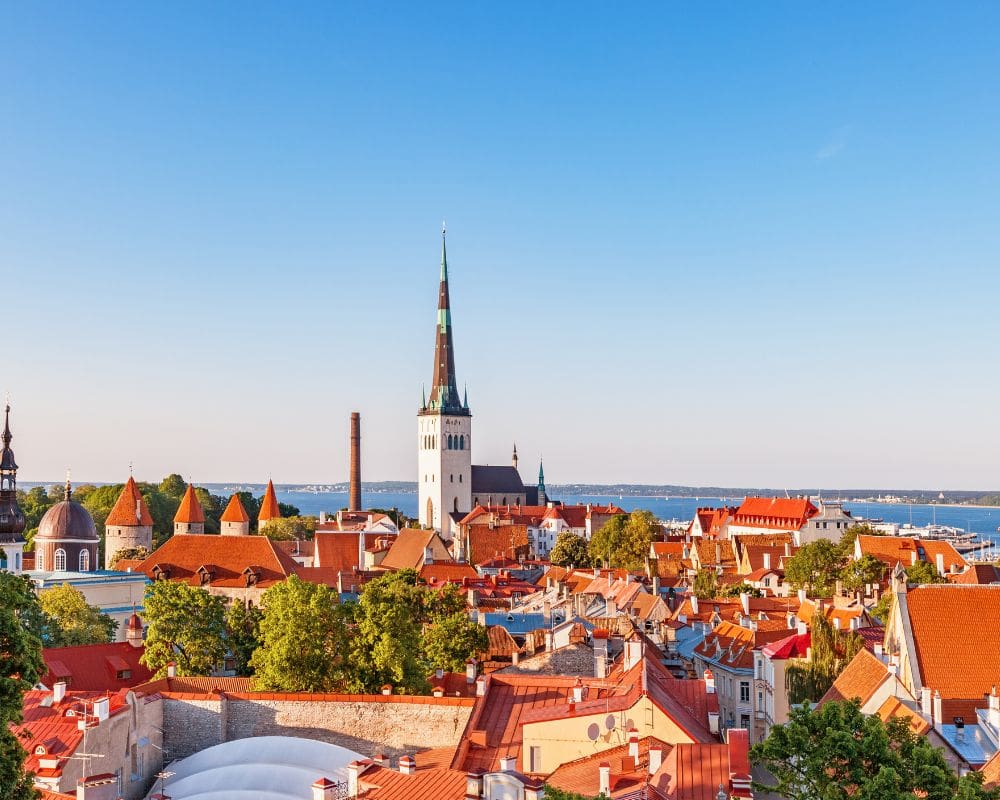

Estonia was one of the first countries to introduce a digital nomad visa, launching it in 2020. The Estonian Digital Nomad Visa allows remote workers from outside the European Union to live in Estonia and legally work for an employer or as a freelancer for clients based outside of Estonia for 3-6 months.
- Monthly income requirement: $3,802
- Visa Cost: $87 (short stay); $109 (long stay)
- Length: 1 year
- Monthly cost of living for nomads (avg): $999
- Best cities for digital nomads: Buenos Aires, Rosario, Mendoza
Georgia Digital Nomad Visa
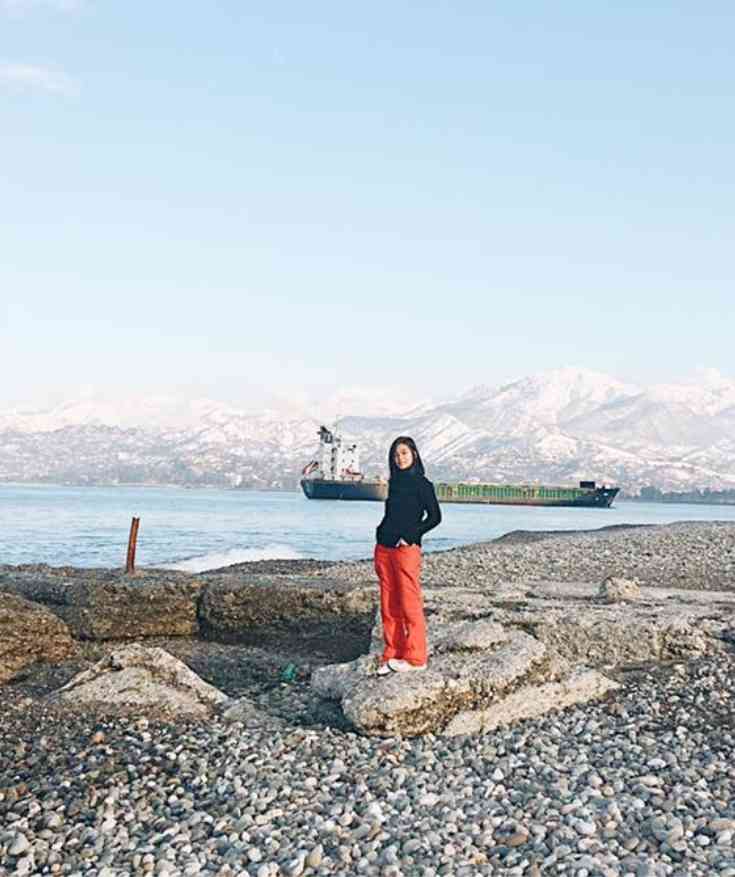

Georgia (the country) does have a visa program aimed at attracting digital nomads. It’s called the “Remotely from Georgia” program, launched in 2020. This initiative allows citizens of 95 countries to live and work remotely in Georgia for up to one year.
- Other names: Remotely From Georgia
- Monthly income requirement: $2,000
- Visa Cost: Free
- Visa Length: 1 year (permanent residency for individuals who will register their online business in Georgia)
- Monthly cost of living for nomads (avg): $1,826
- Best cities for digital nomads: Tbilisi
Armenia Digital Nomad Visa


Armenia offers a relatively easy and flexible visa regime that can be conducive to digital nomads like their residency visa permit (temporary). Citizens of many countries can enter Armenia without a visa or obtain a visa on arrival or online for short stays, typically up to 120 days.
- Other names: Armenia Residency Visa
- Monthly income requirement: not clear
- Visa Cost: $270
- Visa Length: 1-5 years
- Monthly cost of living for nomads (avg): $642
- Best cities for digital nomads: Yerevan
Portugal Digital Nomad Visa
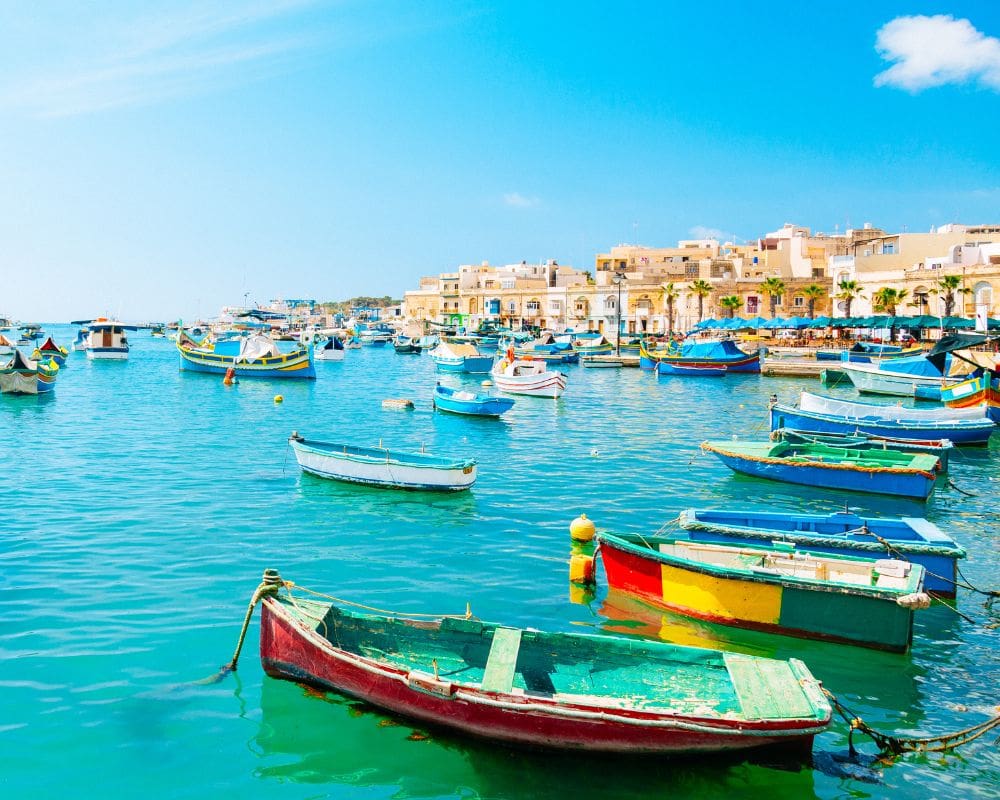


Portugal did not have a specific “digital nomad visa” per se, but it offered visa options that are favorable for digital nomads. The most relevant is the D7 Visa, also known as the Passive Income Visa.
This visa is designed for non-EU/EEA/Swiss citizens who have a reasonable net regular passive income, including retirees, entrepreneurs, and digital nomads.
- Other Names: D7 Visa
- Monthly income requirement: $3,259
- Visa Cost: $90 for visa processing; $78 for the permit
- Visa Length: 1-5 years
- Monthly cost of living for nomads (avg): $2,631
- Best cities for digital nomads: Lisbon, Portimao, Porto, and Madeira
Norway Digital Nomad Visa


Norway does not have a specific digital nomad visa. However, they offer various types of visas and residence permits that might suit digital nomads, such as the Independent Contractor Visa, but these often come with specific requirements and are not exclusively designed for digital nomads.
- Other Names: Independent Contractor Visa
- Monthly income requirement: $38,803 in savings
- Visa Cost: $651
- Visa Length: 1-3 years
- Monthly cost of living for nomads (avg): $1,820
- Best cities for digital nomads: Oslo, Bergen, Tromso
Czech Republic Digital Nomad Visa


The Czech Republic DIgital Nomad Visa, also known as Zivno visa is designed for freelancers and self-employed individuals who wish to live and work in the Czech Republic.
Applicants must apply for a trade license (Živnostenský list) for the freelance activity they intend to pursue and meet certain income requirements. The visa is typically granted for one year and can be renewed.
- Other Names: Zivnostensky Visa
- Monthly income requirement: $6,000 in savings
- Visa Cost: Free
- Visa Length: 1 year
- Monthly cost of living for nomads (avg): $2,840
- Best cities for digital nomads: Prague, Sumperk, and Brno
Albania Digital Nomad Visa
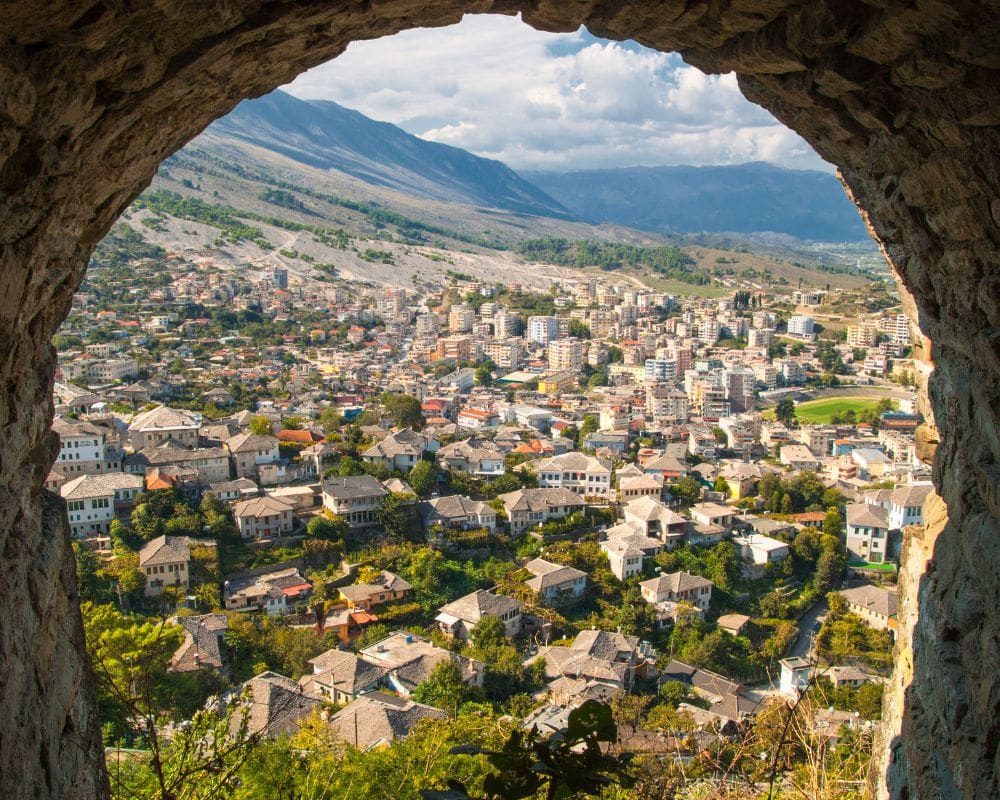

Albania is known for its relatively lenient visa policies, especially for citizens from many countries who can stay visa-free for up to 90 days within 180 days. For longer stays, digital nomads often use tourist visas or explore other types of residence permits.
- Monthly income requirement: $9,800 in yearly savings
- Visa Cost: Free
- Visa Length: 1 year
- Monthly cost of living for nomads (avg): $617
Malta Digital Nomad Visa



Malta offers a Nomad Residence Permit, specifically designed for digital nomads. This permit allows non-EU nationals to live and work remotely from Malta for up to a year, with the possibility of renewal. Applicants must prove they work remotely, either for a company or as freelancers, and meet certain income thresholds.
- Other Names: Nomad Residence Permit
- Monthly income requirement: $2,933
- Visa Cost: $325
- Visa Length: 1 year
- Monthly cost of living for nomads (avg): $900
Germany Digital Nomad Visa
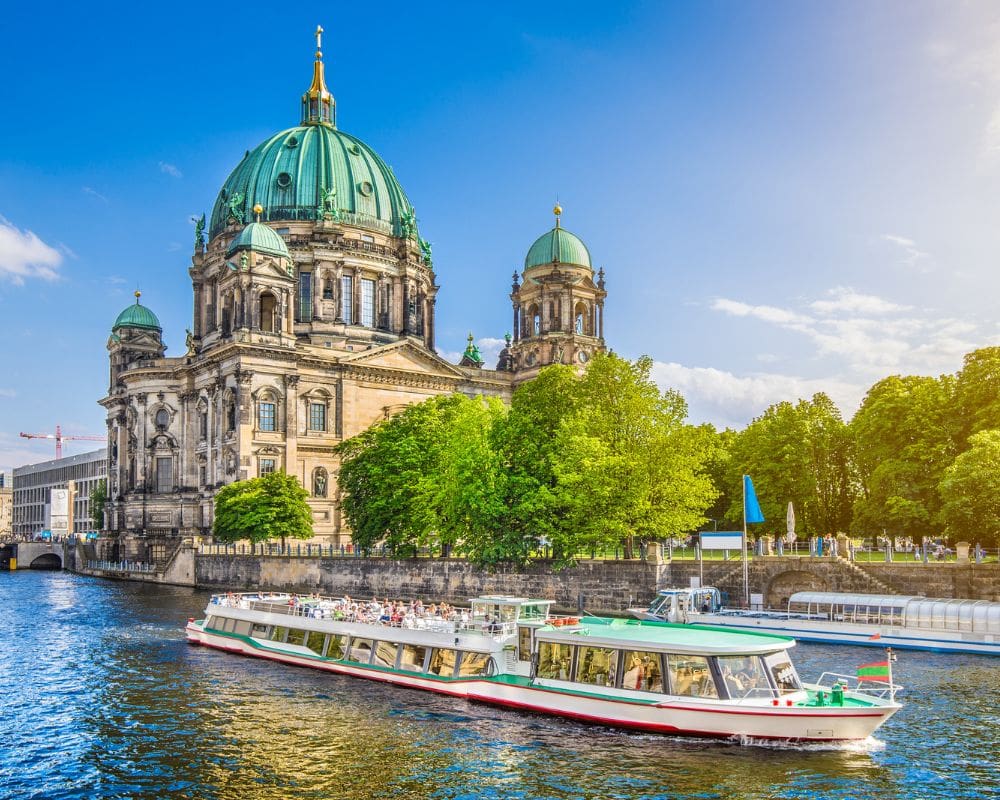

Germany provides several visa options that can be suitable for digital nomads, the most notable being the Freelancer Visa (Freiberufler Visum).
The German Freelancer Visa allows individuals from non-EU countries to reside in Germany and work independently. To qualify, you typically need to demonstrate you have the skills and financial means to support yourself, a viable business plan, and health insurance.
You must also prove that your freelance work will have an economic or cultural benefit to Germany.
- Other Names: Aufenthaltserlaubnis für selbständige Tätigkeit
- Monthly income requirement: $9,777 per year plus an address in Germany is required
- Visa Cost: $108
- Visa Length: 6 months to 3 years
- Monthly cost of living for nomads (avg): $3,960
- Best cities for digital nomads: Berlin, Munich, Dusseldorf, Frankfurt, and Dresden
Hungary Digital Nomad Visa


Hungary offers various types of residence permits that might apply to digital nomads, such as the White Card residence permit.
This type of permit can potentially be used by digital nomads who can prove they have sufficient financial resources to support themselves without working in Hungary and have comprehensive health insurance.
- Other Names: White Card
- Monthly income requirement: $2,172
- Visa Cost: $120
- Visa Length: 1 year
- Monthly cost of living for nomads (avg): $690
- Best cities for digital nomads: Budapest, Eger, Pecs
Spain Digital Nomad Visa
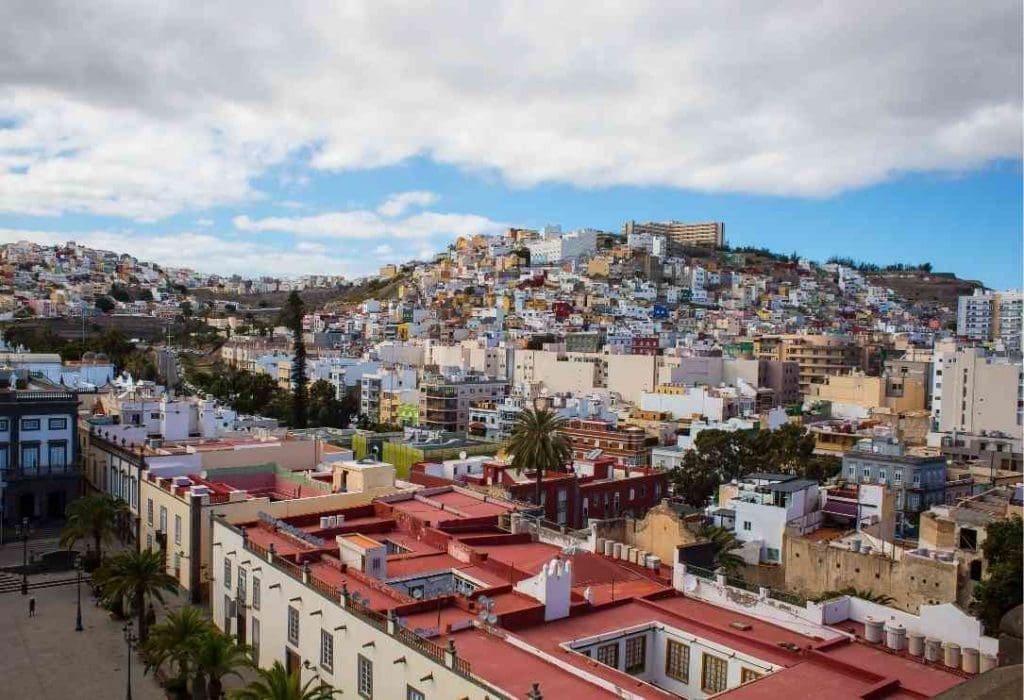

Spain’s digital nomad visa is part of a broader startup law aimed at attracting entrepreneurs and remote workers. This visa is specifically tailored for non-EU citizens who work remotely for companies located outside of Spain.
- Other Names: No-lucrativo (non-lucrative)
- Monthly income requirement: $2,336 per month
- Visa Cost: $140
- Visa Length: 1 year
- Monthly cost of living for nomads (avg): $3,873
- Best cities for digital nomads: Canary Islands, Granada, Valencia, Barcelona, Madrid
Iceland Digital Nomad Visa


Iceland introduced a long-term visa for remote workers, including digital nomads. This visa allows foreign nationals from outside the Schengen Area to live and work remotely in Iceland for up to six months.
You need to show proof of employment, a minimum income higher than the average Icelandic wage, and health insurance. This initiative caters to those who can work independently of location, provided your employer is based outside of Iceland.
- Monthly income requirement: $7,000 for singles; $10,000+ for families
- Visa Cost: $61
- Visa Length: 6 months
- Monthly cost of living for nomads (avg): $1,282
Croatia Digital Nomad Visa
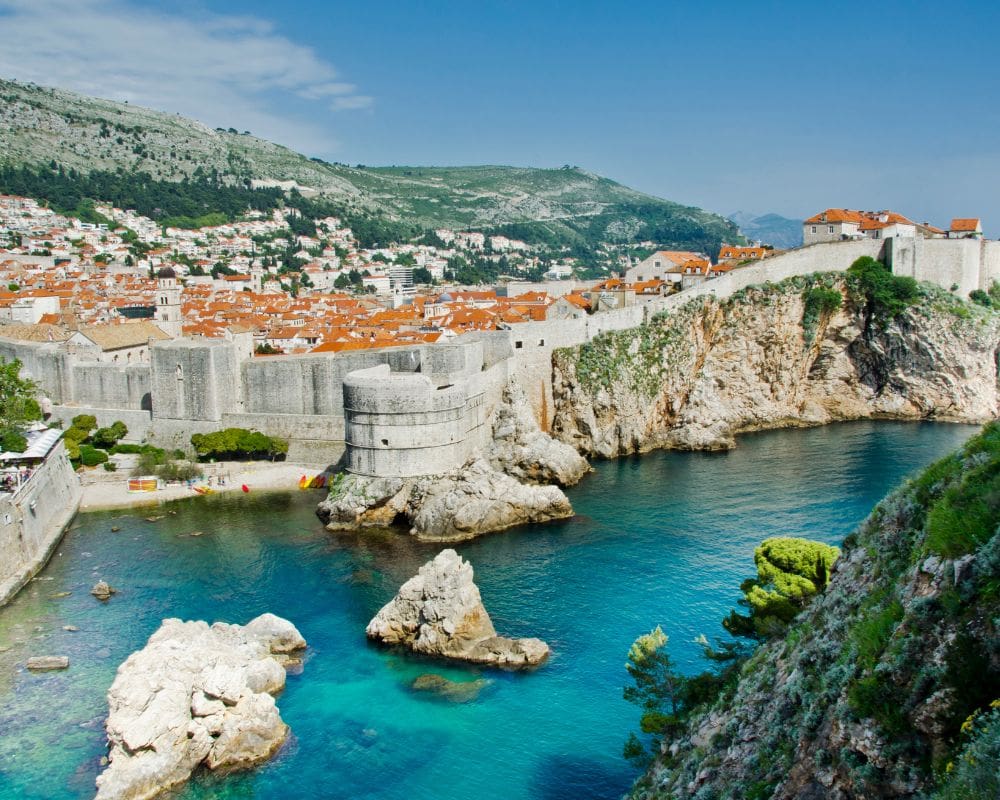

Croatia offers a digital nomad visa, allowing non-EU citizens to stay in Croatia and work for foreign companies remotely. The visa can be issued for up to a year and does not require the holder to pay local income tax on their foreign-sourced income.
- Monthly income requirement: $2,424 per month or $29,103 in savings
- Visa Cost: $87 – $140
- Visa Length: 1 year
- Monthly cost of living for nomads (avg): $1,600
- Best cities for digital nomads: Zagreb, Rijeka, Zadar, Split, Dubrovnik, and Hvar
Cyprus Digital Nomad Visa



Cyprus had introduced a digital nomad visa scheme to attract remote workers from non-EU countries. The digital nomad visa in Cyprus typically grants the holder the right to stay for up to one year, with the possibility of renewal for at least another year.
- Monthly income requirement: $3,802
- Visa Cost: $76
- Visa Length: 1 year
- Monthly cost of living for nomads (avg): $910
Greece Digital Nomad Visa



Greece introduced a digital nomad visa, allowing remote workers from non-EU countries to live and work in Greece for up to a year, with an option for renewal.
This visa is aimed at individuals who are employed or self-employed in another country and can provide evidence of their work arrangement and sufficient income.
- Monthly income requirement: $3,802
- Visa Cost: $82
- Visa Length: 1-3 years
- Monthly cost of living for nomads (avg): $1,877
- Best cities for digital nomads: Athens, Kos, Mykonos
Romania Digital Nomad Visa
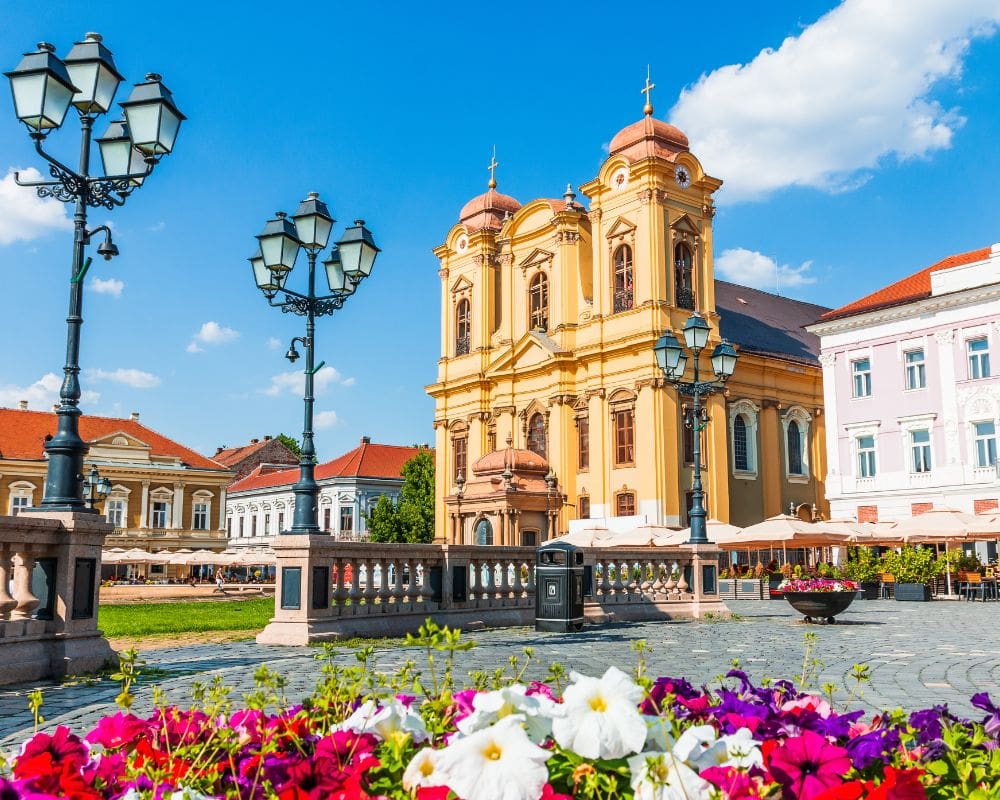

Romania launched a digital nomad visa program, targeted at non-EU citizens who work remotely for companies outside of Romania. The visa requires proof of steady income and allows digital nomads to legally reside in Romania while working for their foreign employers.
- Monthly income requirement: $3,584
- Visa Cost: not clear
- Visa Length: 1 year
- Monthly cost of living for nomads (avg): $629
- Best cities for digital nomads: Bucharest, Brasov
Latvia Digital Nomad Visa
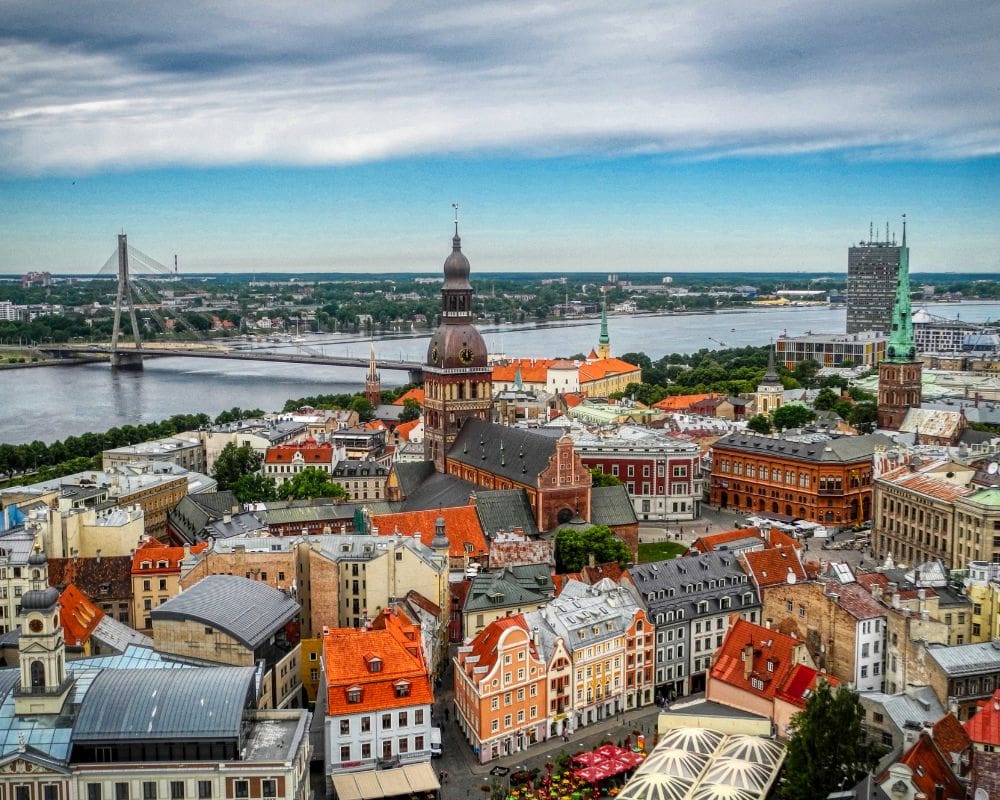

Latvia offers various types of visas and residence permits that may be suitable for digital nomads under certain conditions. The Temporary Residence Permit might be obtained through different means such as self-employment or investment.
- Monthly income requirement: 2.5 x the average Latvian yearly salary
- Visa Cost: $65
- Visa Length: 1 year
- Monthly cost of living for nomads (avg): $877
- Best cities for digital nomads: Riga
Italy Digital Nomad Visa


The digital nomad visa for Italy is intended for non-EU citizens who are employed or self-employed and can work remotely using digital technologies. The visa would allow these individuals to live in Italy while working for companies or clients located outside of Italy.
Only high-skilled workers are qualified to apply for this visa type. Meaning, you must have a Master’s Degree or similar to qualify. You will also be required to pay taxes.
- Monthly cost of living for nomads (avg): $3,855
- Best cities for digital nomads: Milan, Rome
North Macedonia Digital Nomad Visa
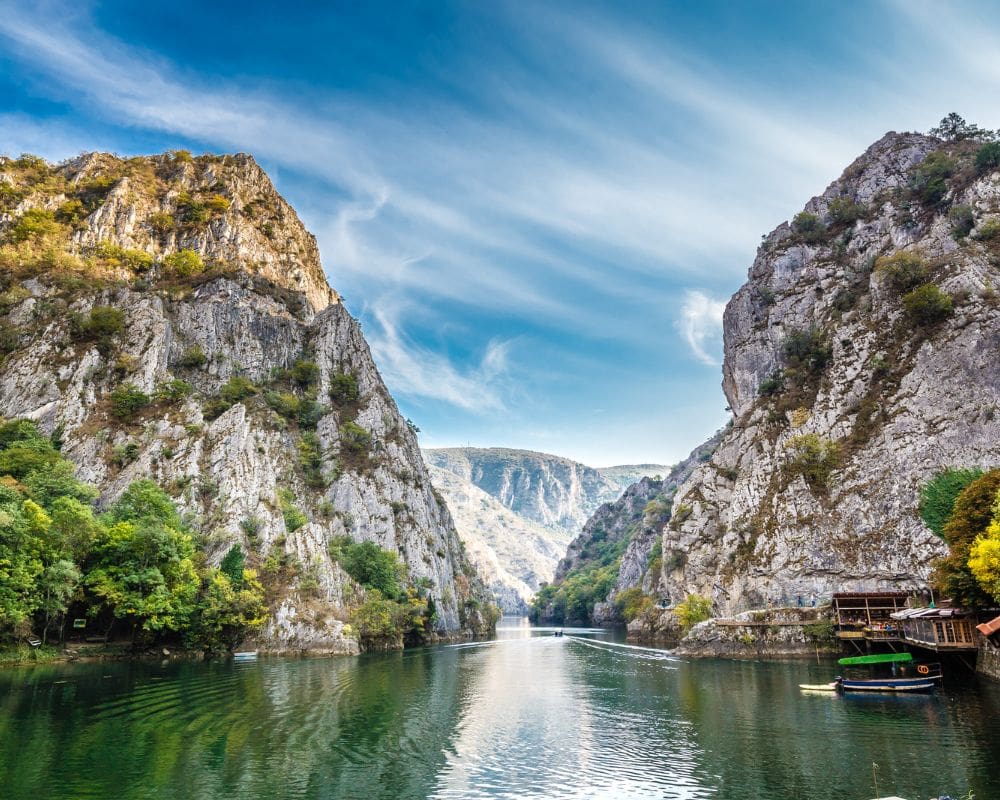

North Macedonia offers other types of visas and residency permits that might be applicable for digital nomads under certain conditions. Type C and D long-term visas are usually the best option for nomads.
Once the digital nomad visa for North Macedonia has been announced with clear instructions and application process, I will update this page!
- Monthly cost of living for nomads (avg): $1,558
- Best cities for digital nomads: Ohrid, Skopje, Bitola
Serbia Digital Nomad Visa
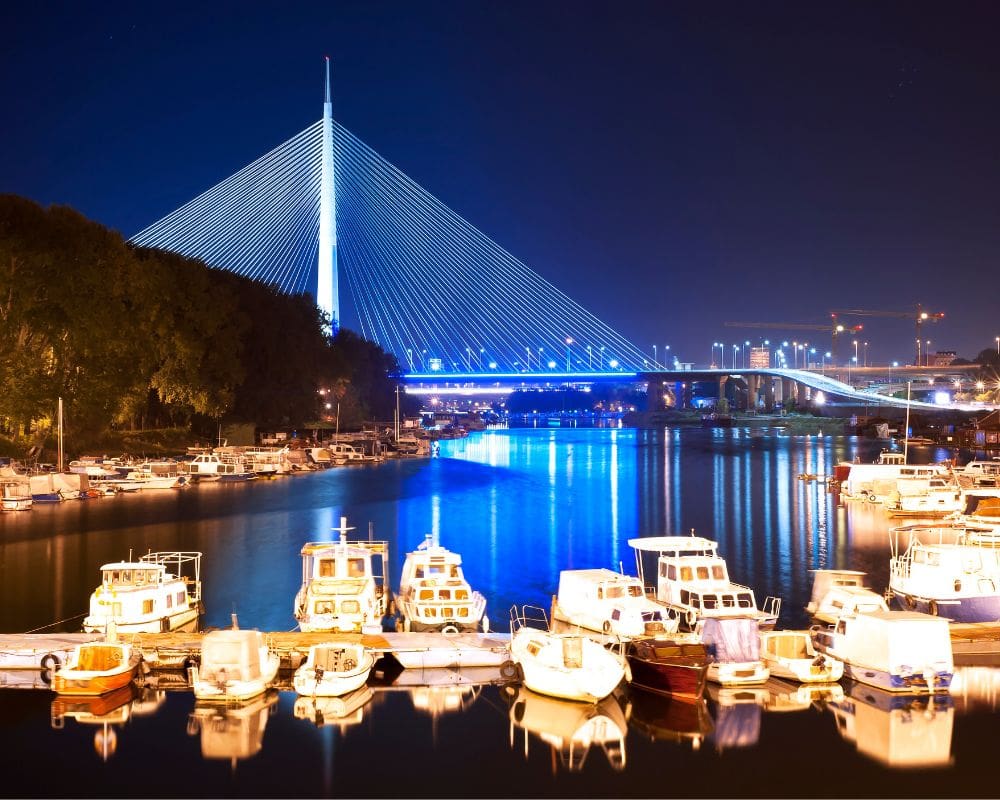

Serbia offers a relatively straightforward visa and residency process that can accommodate the needs of digital nomads, especially those who wish to stay longer than the duration permitted under a tourist visa.
For short-term stays, many nationalities can enter Serbia without a visa for up to 90 days within 180 days. This visa-free entry is suitable for digital nomads planning a shorter stay. For longer stays, one would typically need to apply for a temporary residence permit.
- Monthly cost of living for nomads (avg): $1,626
- Best cities for digital nomads: Belgrade, Novi Sad
Montenegro Digital Nomad Visa
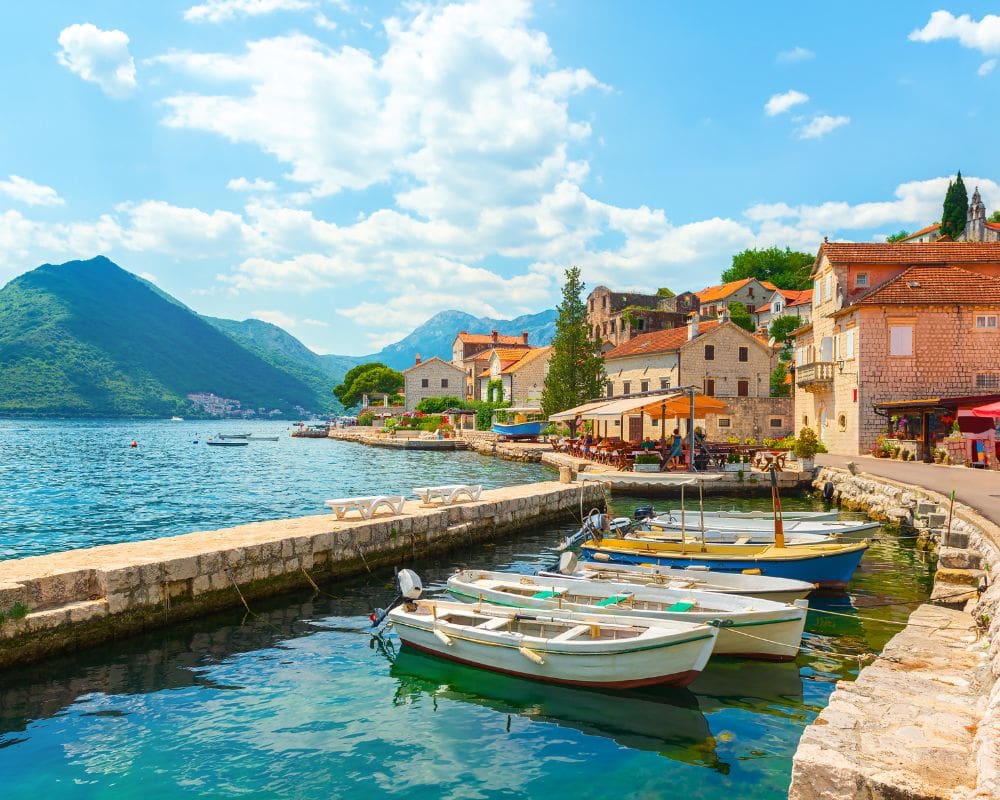

The Montenegro Digital Nomad visa called the Program for Attracting Digital Nomads in Montenegro is for non-EU citizens who are freelancers and business owners.
This visa allows you to stay in Montenegro for 2 years. At the moment, this digital nomad visa is not yet public.
- Monthly cost of living for nomads (avg): $2,297
- Best cities for digital nomads: Kolašin, Tivat, Budva
🎎 Asian countries with digital nomad visa
👉🏽 Related: Best Asian cities for digital nomads
Thailand Digital Nomad Visa


The digital nomad visa in Thailand is officially called the Special Tourist Visa (STV). It is a temporary residence permit designed for remote workers and freelancers who wish to stay in Thailand for up to one year.
The visa is renewable for an additional year, but the holder cannot work for Thai companies or provide services to Thai clients.
- Other Names: Special Tourist Visa (STV)
- Monthly income requirement: $80,000 in savings
- Visa Cost: $600
- Visa Length: 10 years
- Monthly cost of living for nomads (avg): $1,402
- Best cities for digital nomads: Bangkok, Chiang Mai, Koh Phangan, Phuket, Kho Samui
Taiwan Digital Nomad Visa


Taiwan Digital Nomad Visa is called the Employment Gold Card, which is a 4-in-1 card that acts as a work permit, residence visa, alien resident certificate, and re-entry permit.
This card is targeted towards high-skilled professionals, including those in specialized or technical work, and could be an option for some digital nomads, especially those with expertise in certain industries.
- Other Names: Employment Gold Card
- Monthly income requirement: $5,700
- Visa Cost: $100
- Visa Length: Open-ended
- Monthly cost of living for nomads (avg): $787
- Best cities for digital nomads: Taipei, Hualien
Malaysia Digital Nomad Visa


The Malaysia Digital Nomad Visa, also known as De Rantau Nomad Pass allows foreigners to obtain a long-term visa to live in Malaysia. The program requires applicants to meet certain financial criteria, such as demonstrating sufficient income and savings.
It’s popular among retirees and expatriates who can prove they have the financial means to live in Malaysia without seeking employment there.
- Other Names: De Rantau Nomad Pass
- Monthly income requirement: $24,000 in yearly savings
- Visa Cost: $120
- Visa Length: 1 year
- Monthly cost of living for nomads (avg): $1,673
- Best cities for digital nomads: Kuala Lumpur, Penang
Sri Lanka Digital Nomad Visa


Sri Lanka had announced plans to introduce a digital nomad visa to attract remote workers. The proposed digital nomad visa was expected to allow foreign nationals to live and work remotely in Sri Lanka for an extended period, possibly up to one year, with the possibility of renewal.
However, the specific details regarding the eligibility criteria, application process, and exact terms of the visa were still being finalized. Right now, Sri Lanka offers a lenient visa extension process of up to 270 days on a tourist visa.
- Monthly cost of living for nomads (avg): $1,645
- Best cities for digital nomads: Colombo
Indonesia Digital Nomad Visa (specific to Bali)


Indonesia is in the process of introducing a digital nomad visa, particularly aimed at attracting remote workers to Bali. The proposed digital nomad visa for Indonesia was expected to allow foreign nationals to live and work remotely in Indonesia, especially in Bali, for a certain period.
One of the key features discussed was that digital nomads using this visa would be exempt from paying Indonesian income tax, provided their income comes from companies or clients outside Indonesia.
- Monthly cost of living for nomads (avg): $750 – $2,600
- Best areas for digital nomads: Canggu, Seminyak
South Korea Digital Nomad Visa


South Korea finally launched their digital nomad visa program called Workation Visa, effective January 1, 2024. Digital nomads who wish to live and work in South Korea can apply for this visa up to 2 years of validity.
- Other Names: Workation Visa
- Monthly income requirement: $5,293 per month or $66,000 in yearly savings
- Visa Cost: unclear
- Visa Length: 1-2 years
- Monthly cost of living for nomads (avg): $1,531
- Best cities for digital nomads: Seoul, Jeju Island
Turkey Digital Nomad Visa
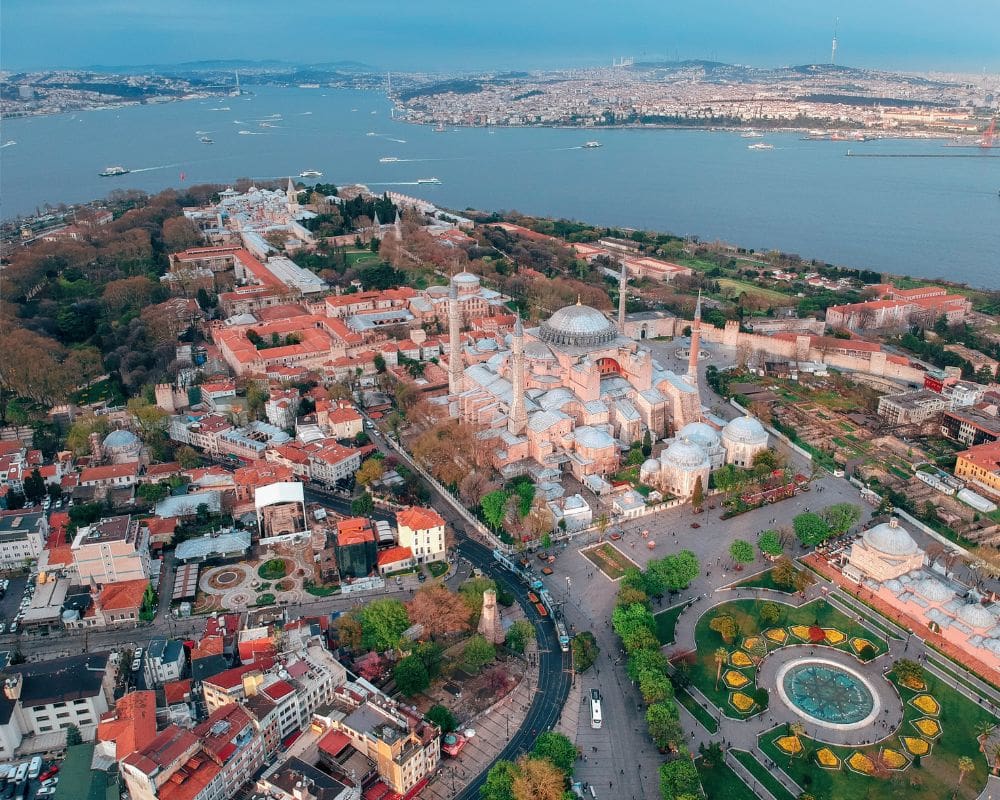

The Turkey Digital Nomad Visa has been introduced in 2021. If you are an EU citizen, you can enter and work as a digital nomad in Turkey for 90 days. If you want to extend, you will need to apply for a Turkey Residence Permit.
- Other Names: Turkish Residence Permit
- Monthly income requirement: $2,500
- Visa Cost: unclear
- Visa Length: 1-2 years
- Monthly cost of living for nomads (avg): $650
- Best cities for digital nomads: Istanbul
Dubai Digital Nomad Visa
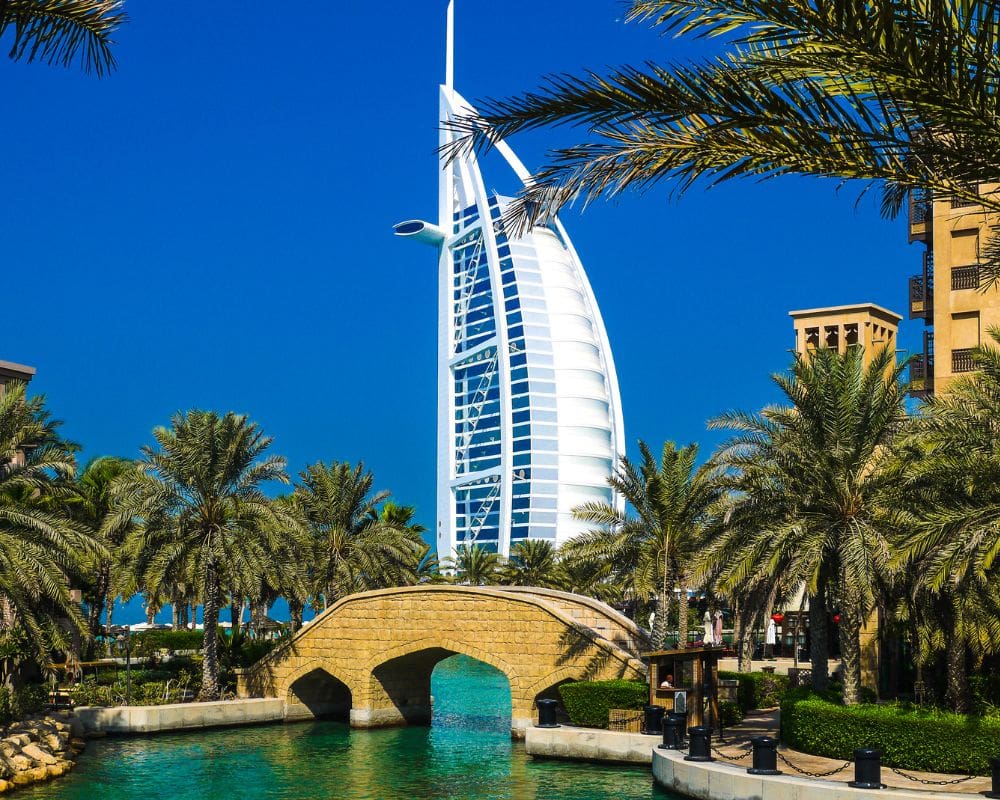

Dubai’s one-year virtual working program is now available for everyone! Dubai is a first-world country and their Internet is really good, however, they have a high cost of living. Dubai is a melting pot for digital nomads from all over the globe.
- Other Names: Virtual Working Program
- Monthly income requirement: $5,431 per month
- Visa Cost: $287
- Visa Length: 1 year
- Monthly cost of living for nomads (avg): $1,975
🪘African Countries with digital nomad visas
Cape Verde Digital Nomad Visa
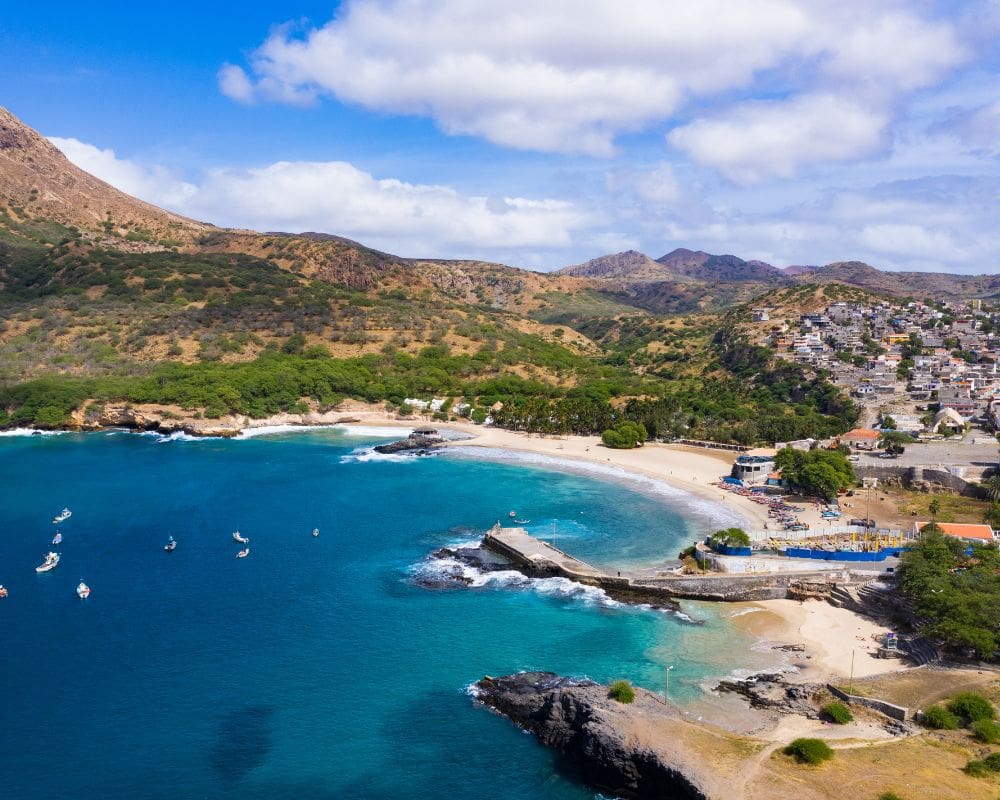

The Remote Working Cabo Verde visa, also known as the Remote Working Program or Digital Nomad Visa, is an initiative by the Cape Verdean government to attract digital nomads and remote workers to the country.
Applicants generally need to be employed or own a business outside of Cape Verde. They must prove they can work remotely, typically through documentation from their employer or evidence of business ownership.
- Other Names: Remote Working Cabo Verde
- Monthly income requirement: $22
- Visa Cost: unclear
- Visa Length: 6 months
- Monthly cost of living for nomads (avg): $711
South Africa Digital Nomad Visa


The South Africa Digital Nomad Visa was announced in April 2022. Digital nomads who earn $3,500 per month are eligible to apply and there is an option to bring family members, too. The process of application is currently rolling out.
- Monthly income requirement: $3,500
- Visa Cost: not clear
- Monthly cost of living for nomads (avg): $1,575
- Best cities for nomads: Cape Town, Johannesburg
Mauritius Digital Nomad Visa
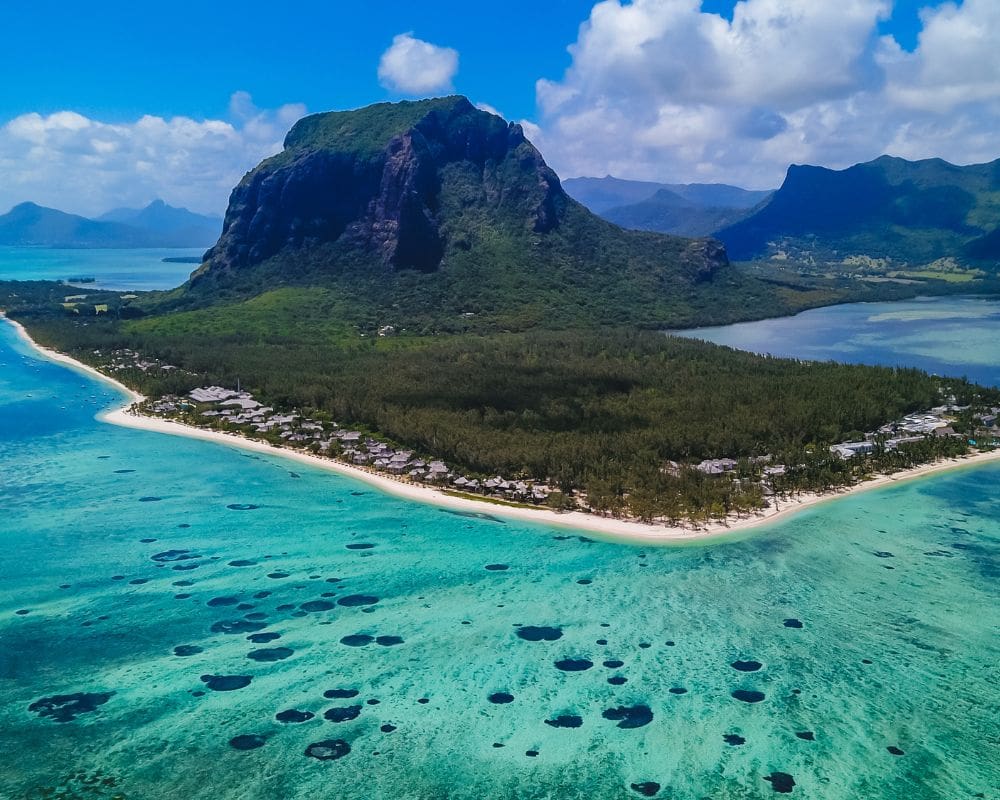

Mauritius offers a program that is well-suited for digital nomads, known as the Premium Visa. Introduced in 2020, the Mauritius Premium Visa is a long-stay visa that allows visitors, including digital nomads and remote workers, to stay in Mauritius for one year, which is renewable.
- Other Names: Premium Visa
- Monthly income requirement: unclear
- Visa Cost: Free
- Visa Length: 1 year
- Monthly cost of living for nomads (avg): $1,590
Seychelles Digital Nomad Visa
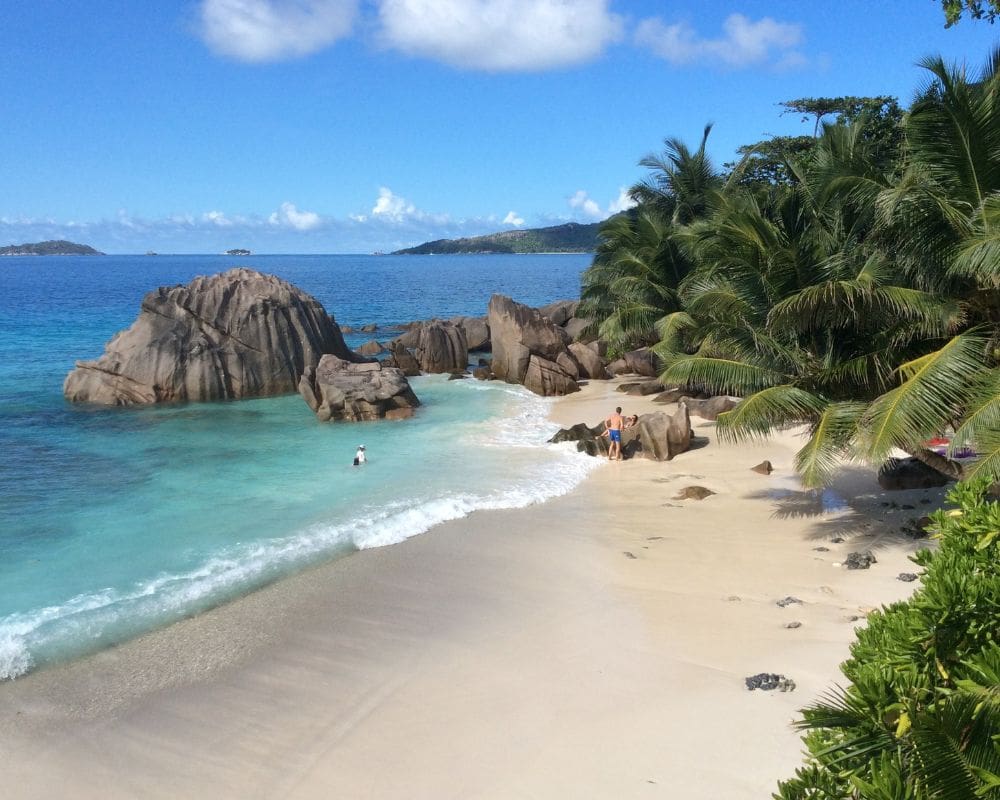

The Seychelles Digital Nomad Visa or Workcation Program is a special initiative launched by Seychelles to attract remote workers, including digital nomads, to live and work from the islands for an extended period.
This program is designed to cater to professionals who can perform their jobs remotely and are interested in doing so from an idyllic and serene location like Seychelles.
- Other Names: Seychelles Workcation Program
- Monthly income requirement: unclear
- Visa Cost: $48
- Visa Length: 1 year
- Monthly cost of living for nomads (avg): $1,941
🏖️ Caribbean countries with digital nomad visa
Barbados Digital Nomad Visa


If you can work anywhere as long as there is Internet access, Barbados is a beautiful country to explore. The cost of living in Barbados is pretty high though.
Their new program for digital nomads called Barbados Welcome Stamp allows digital nomads to work and live in the country for 12 months. The application process is pretty straightforward as you can do it online!
- Other Names: Barbados Welcome Stamp
- Monthly income requirement: $50,000 in savings
- Visa Cost: $2,000 per person; $3,000 for families
- Visa Length: 1 year
- Monthly cost of living for nomads (avg): $3,168
Antigua & Barbuda Digital Nomad Visa


Antigua and Barbuda’s Digital Nomad Residence visa offers a long-term visa program for people who work remotely. This country prides itself as the safest island in the Caribbean with modern amenities and improved infrastructure.
Applications are reviewed for approval and applicants must meet the eligibility criteria set.
- Other Names: Nomad Digital Residence
- Monthly income requirement: $50,000 in savings
- Visa Cost: $1,500 per person; $3,000 for families
- Visa Length: 2 years
- Monthly cost of living for nomads (avg): $3,900
💻 Digital Nomad Resources
🏥 What is the best insurance as a digital nomad?
YES! In fact, this is one of the requirements. My digital nomad insurance is SafetyWing and I only pay $40 USD per month.
📶 Do I need a VPN as a digital nomad?
ABSSOLUTELY! Digital nomads travel to many different countries and it is important to protect your Internet privacy. Do not connect to the Internet anywhere without VPN as the Internet does not respect our privacy as private citizens! NordVPN is the only VPN I trust and use. It’s cheap and it’s very reliable!
✈️ Where do digital nomads find cheap flights?
Kiwi.com is one of the most trusted sites to book cheap flights to Mexico. They compare all prices for all airlines! Also try WayAway if you want to get cashback for every booking.




